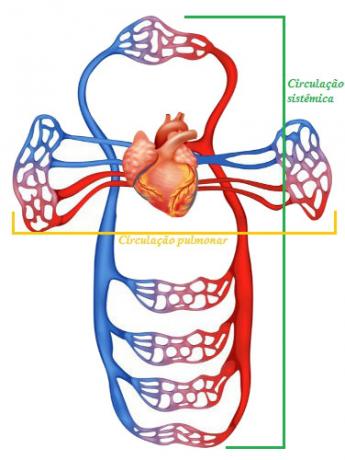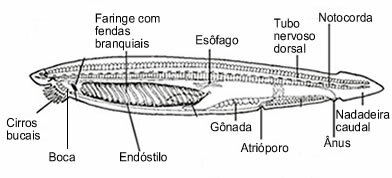The tortoise that became the symbol of Galapagos Archipelago and from the struggle for the recovery of the environment in the region, she was found dead on the morning of June 24, 2012.
Lonesome George, or Lonely George, was one of the best known inhabitants of the Archipelago, and belonged to the subspecies Chelonoidis nigraabingdoni. Originally from Ilha de Pinta, one of the islands that make up the archipelago and recognized as the last individual of his kind, Lonesome George died weighing 90 kg, and estimated to be around 100 years old.
The population of turtles of the same subspecies as George was decimated from the moment that settlers introduced goats into the region, which devastated all vegetation and wiped out all habitats. of the turtle. George, a remnant of his species, was found by Hungarian researcher József Vágvölgyi, in research on the island of Pinta. József forwarded this information to the Galápagos National Park, which in 1972 sent the turtle to the Turtle Center on Santa Cruz Island for greater protection.
Over the years, several attempts were made to get George to reproduce. First two female turtles (Chelonoids becki) collected on Isabela Island were placed together with George. During the 15 years of coexistence, George's females produced eggs, but all of them were infertile. Later, two female turtles from the Spanish turtle population (Chelonoidshoodensis), turtle species more genetically similar to George's species were placed with George, but he failed to produce offspring.
Do not stop now... There's more after the advertising ;)
Researchers at the Yale Department of Ecology and Evolutionary Biology, researching the genetics of Galapagos giant tortoises, discovered the occurrence of hybrids with ancestry in the species of George. Although they have not found pure individuals of this subspecies, these hybrids can help restore turtles of the same subspecies as George.
The cause of George's death will be known after an autopsy performed by a team of experts. Soon after, the body will be embalmed and displayed in a center that will be built and dedicated to the preservation of giant tortoises, and will be named Lonesome George.
By Paula Louredo
Graduated in Biology
Would you like to reference this text in a school or academic work? Look:
MORAES, Paula Louredo. "The Galápagos Archipelago loses Lonesome George"; Brazil School. Available in: https://brasilescola.uol.com.br/biologia/o-arquipelago-galapagos-perde-george-solitario.htm. Accessed on June 28, 2021.


